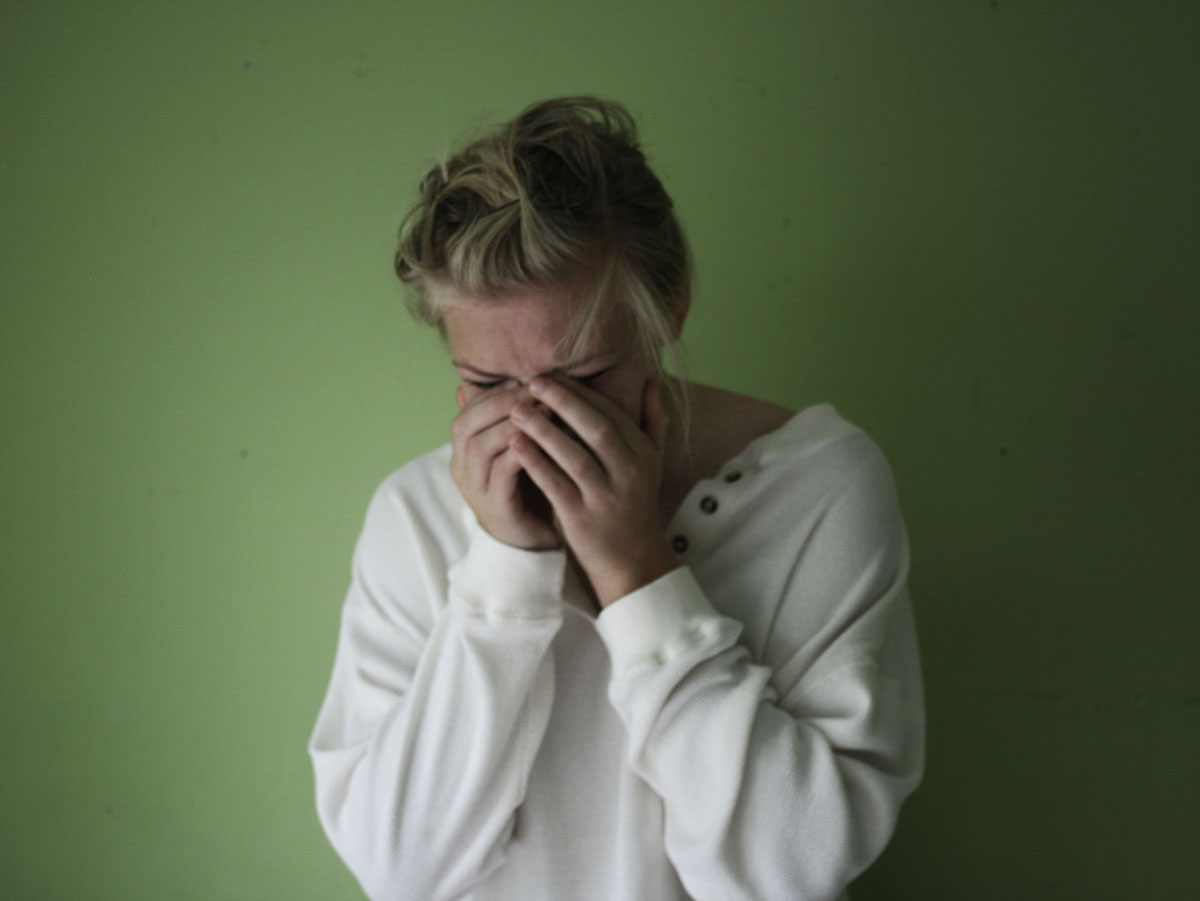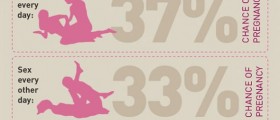
Ovulation
Ovulation is a process of releasing of an egg from the ovarian follicle. This is actually the most important moment of the whole menstrual cycle since once the egg has been released a woman may conceive. Eggs that are released from the ovaries can live from 24 to 48 hours and if insemination occurs within that period of time the pregnancy is almost inevitable. If the egg has not been fertilized it disintegrates. In majority of women the process of ovulation occurs two weeks after the first day of menstrual bleeding. Still this rule is not strict and different women ovulate on different days of the menstrual cycle. Ovulation is usually a painless process. Still some women tend to experience painful ovulation and the pain affects the pelvis and lower abdomen.
Causes of Painful Ovulation
Painful ovulation can be also called 'mid cycle pain'. Together with the egg certain amount of fluid and blood is also released from the follicle. The presence of this fluid or blood may irritate the peritoneum. This can be one explanation of painful ovulation.
Some women complain about serious cramps which occur during ovulation. They even compare these cramps to pain which occur during the very menstrual bleeding. These cramps are supposed to go away after a several hours since burst of the follicle lasts that long. And in these women the pain should withdraw after the egg has been released. However, some women complain about the pain during the whole day.
Pain during ovulation commonly occurs in women who are suffering from polycystic ovary syndrome, endometriosis, and uterine fibroids. And finally, chronic pelvic inflammation as well as certain gastrointestinal problems may cause pain in lower abdomen during ovulation.
Symptoms of Painful Ovulation
Pain in lower abdomen, especially in the middle of the menstrual cycle is the leading sign of painful ovulation. The pain may affect both sides of the pelvis. This is determined by the ovary which releases the egg. And finally, in some women, spotting or slight bleeding can be additional sign of ovulation.
Painful ovulation may be mistaken for appendicitis. This is why a woman must know exactly the date of her last menstrual bleeding. This way she can orientate and exclude other causes of the pain.
Treatment for Painful Ovulation
Some women can cope with the pain. On the other hand in some women the pain is rather unbearable.
Unfortunately, there is no treatment for this body function but there are certain methods which may be effective in reduction of intensity of the pain. Bed rest is recommendable for all women with severe pain. Furthermore, women are advised to drink as much fluid as they can. And finally, painkillers can help with reduction of the pain.

















Your thoughts on this
Loading...